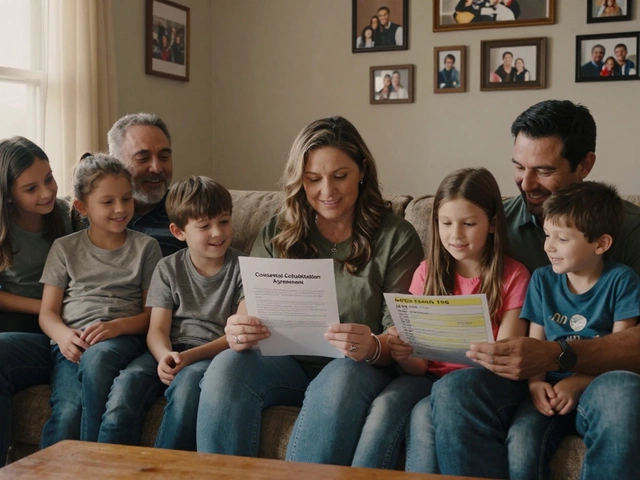Defending in Football: Why It Matters and How to Get Better
Ever watched a match where the attack looks sharp but the team still loses? Most of the time it’s because the defense has a few holes. Good defending isn’t about big tackles only – it’s about staying compact, communicating, and making the opponent uncomfortable. In this guide we break down the basics, share quick drills you can try, and look at what the experts say about the current defending trends in the Premier League.
Key Principles Every Defender Should Know
First off, keep the shape. Whether you’re playing a back‑four or a three‑center‑back system, the line must move as a unit. When the ball moves to the wing, the defence should shift together, never leaving a lone centre‑back exposed. Second, communication is non‑negotiable. A quick "watch his run" or "stay tight" can stop a dangerous through‑ball before it even reaches the striker.
Third, pressure and cover. The player nearest to the ball applies pressure, while the teammate behind offers cover. This two‑player system forces the attacker into a mistake or a weak pass. Finally, timing your tackles. Jumping in too early pulls you out of shape; waiting for the right moment lets you win the ball cleanly and keep the line intact.
Practical Drills to Tighten Your Back Line
Want to see results on the training ground? Try the "shadow box" drill: set up two lines of three players, one defending the other. The attackers move laterally while the defenders mirror their movement, staying shoulder‑to‑shoulder. After a few minutes, add a ball and ask the defending trio to keep a compact shape while closing down the ball carrier.
Another useful exercise is the "half‑space squeeze". Use a small grid and have a striker try to get through the half‑space between two defenders. The defenders must shift together and close the gap without colliding. This drill mimics the kind of space Jamie Carragher warned Liverpool about – those narrow lanes on either side of the full‑backs that can explode into scoring chances.
Finish each session with a quick communication round. Ask each player to shout out the next move they expect from the opponent. It builds the habit of speaking up during real matches.
When you apply these ideas, you’ll notice fewer "open" moments and a stronger overall team performance. Remember, defending is a collective effort – the whole squad, from the striker pressing from the front to the goalkeeper organizing the line, plays a part. Keep your shape, talk, pressure, and time your tackles, and you’ll see the difference on the pitch.

How to play your 3-5-2 in soccer?
by Alistair McKinley / 2 Feb 2023Playing soccer in the 3-5-2 formation requires players to organize themselves and move as a unit in order to take advantage of the extra midfielders and strikers. Defending in the 3-5-2 formation should start with pressure on the wings and a strong centre back line. Also, when attacking, wide midfielders should look to exploit the space in behind opposing fullbacks and wingers should look to cut inside. Overall, the 3-5-2 formation is a strong defensive setup that allows for quick and efficient attacking transitions.


